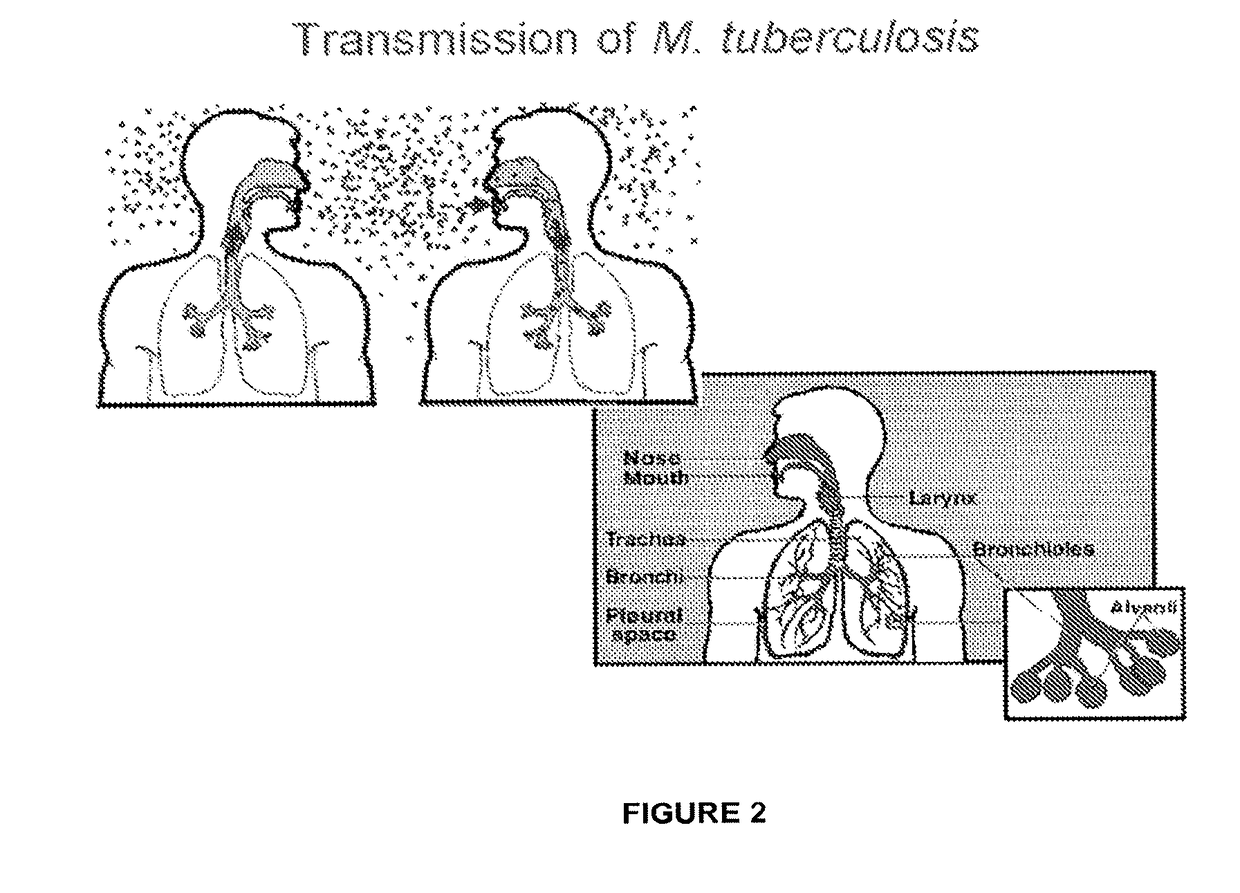Tricyclic benzoxaborole compounds and uses thereof
a technology of benzoxaborole and compound, applied in the field of compound, can solve the problems of increasing the number of mtb strains, difficult treatment of mycobacterium, and deadly combination of hiv and mtb, and achieve the effect of preventing the replication of mycobacteria
- Summary
- Abstract
- Description
- Claims
- Application Information
AI Technical Summary
Benefits of technology
Problems solved by technology
Method used
Image
Examples
example 1 3 -
Example 1 3-bromo-7,8-dihydro-2H-1,6,9-trioxa-9a-borabenzo[cd]azulen-2-yl)methanamine hydrochloride (G1-Br)
[0232]
(a) 2-bromo-3-hydroxybenzaldehyde
[0233]
[0234]A suspension of 3-hydroxybenzaldehyde (5 g, 40 mmol), iron powder (172 mg, 3 mmol) and sodium acetate (6.72 g, 80 mmol) in acetic acid (40 mL) was warmed until a clear solution was obtained and then cooled to room temperature. To this mixture was added dropwise a solution of bromine (7.2 g, 45 mmol) in glacial acetic acid (10 mL) over 15 min. After the addition, the reaction mixture was stirred for 2 h and then poured into ice-water. The resulting mixture was extracted with dichloromethane (3×50 mL). The combined extracts were dried over anhydrous Na2SO4 and concentrated. The residue was recrystallized from dichloromethane to afford the product (2.3 g, 28%). 1H NMR (300 MHz, DMSO-d6): δ 10.75 (s, 1H), 10.26 (s, 1H), 7.38-7.24 (m, 3H).
(b) 2-bromo-3-(2-((tetrahydro-2H-pyran-2-yl)oxy)ethoxy)benzaldehyde
[0235]
[0236]Dihydropyran (1....
example 2 (
S)-(3-bromo-7,8-dihydro-2H-1,6,9-trioxa-9a-borabenzo[cd]azulen-2-yl)methanamine hydrochloride (G2-Br)
[0249]
[0250]Method A
[0251](a) Title Compound
[0252]The racemic compound tert-butyl((3-bromo-7,8-dihydro-2H-1,6,9-trioxa-9a-borabenzo[cd]azulen-2-yl)methyl)carbamate (Example 1, (g)) was separated via supercritical fluid chromatography (SFC) (chiral column CHIRALCEL OJ-H, eluted with MeOH (15%) and CO2 (85%) and two chiral compounds (S)-tert-butyl ((3-bromo-7,8-dihydro-2H-1,6,9-trioxa-9a-borabenzo[cd]azulen-2-yl)methyl)carbamate (second eluting isomer, RT=3.8 min) and (R)-isomer tert-butyl ((3-bromo-7,8-dihydro-2H-1,6,9-trioxa-9a-borabenzo[cd]azulen-2-yl)methyl)carbamate (first eluting isomer, RT=3.3 min) were obtained. Each of the chiral compounds (1.2 g, 3.13 mmol) in saturated HCl (gas) in Et2O (20 mL) was stirred at room temperature for 1 h and concentrated to dryness (water bath+. (S)-(3-bromo-7,8-dihydro-2H-1,6,9-trioxa-9a-borabenzo[cd]azulen-2-yl)methanamine hydrochloride: 1H NM...
example 3 3 -
Example 3 3-chloro-7,8-dihydro-2H-1,6,9-trioxa-9a-borabenzo[cd]azulen-2-yl)methanamine hydrochloride (G3-CI)
[0257]
(a) 3-chloro-2-(nitromethyl)-7,8-dihydro-2H-1,6,9-trioxa-9a-borabenzo[cd]azulene
[0258]
[0259]To a solution of 2-(nitromethyl)-7,8-dihydro-2H-1,6,9-trioxa-9a-borabenzo[cd]azulene (29 g, 123.4 mmol) (Example 1, (d)) in DMF (250 mL) at 80° C. was added a solution of NCS (16.5 g, 123.4 mmol) in DMF (100 mL). The mixture was stirred for 30 min at 80° C. The reaction mixture was poured into ice-water and extracted with EtOAc (200 mL×3). The combined organic layers were washed with brine, dried over Na2SO4, filtered and concentrated under reduced pressure. The residue was purified by re-crystallization from petroleum ether / ethyl acetate (10:1) to give 24 g of crude product. MS (ESI) m / z=270 [M+H]+. 1H NMR (300 MHz, DMSO-d6): δ 7.52-7.49 (d, 1H), 6.99-6.96 (d, 1H), 5.96-5.93 (m, 1H), 5.42-5.30 (m, 1H), 4.80-4.61 (m, 2H), 4.43-4.17 (m, 3H).
(b) Title compound
[0260]
[0261]A solution ...
PUM
| Property | Measurement | Unit |
|---|---|---|
| temperature | aaaaa | aaaaa |
| temperature | aaaaa | aaaaa |
| temperature | aaaaa | aaaaa |
Abstract
Description
Claims
Application Information
 Login to View More
Login to View More - R&D
- Intellectual Property
- Life Sciences
- Materials
- Tech Scout
- Unparalleled Data Quality
- Higher Quality Content
- 60% Fewer Hallucinations
Browse by: Latest US Patents, China's latest patents, Technical Efficacy Thesaurus, Application Domain, Technology Topic, Popular Technical Reports.
© 2025 PatSnap. All rights reserved.Legal|Privacy policy|Modern Slavery Act Transparency Statement|Sitemap|About US| Contact US: help@patsnap.com



